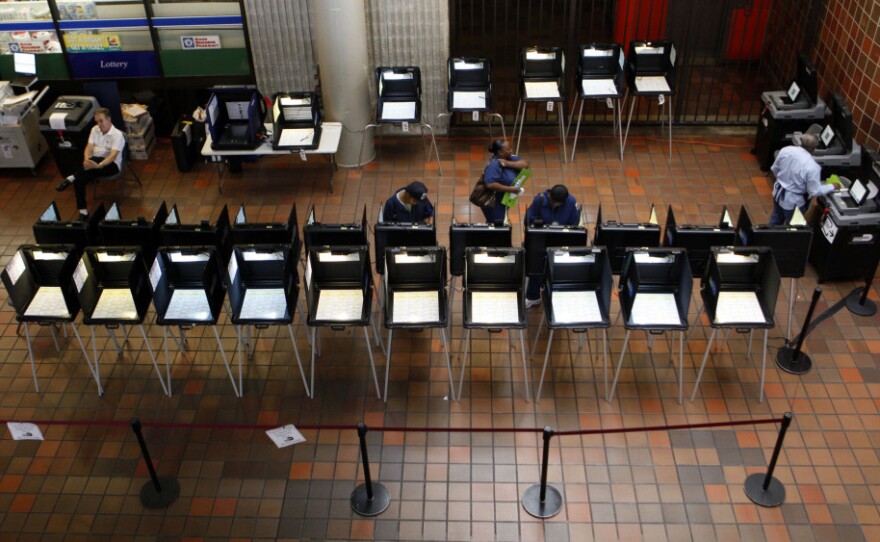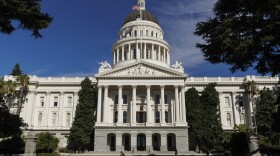There's one crucial element to the midterm elections that has largely passed under the radar -- the issue of redistricting.
Every 10 years, after new census data is released, each state must re-draw its congressional districts. In a very few states, those lines are drawn by non-partisan commissions, but in most states, redistricting is just a part of the political game.
"Whomever has the power draws the lines," former congresswoman Lynn Rivers tells NPR's Guy Raz.
That means that the overall winner of November's midterms could have a huge effect on elections to come.
The Power Party Draws The Districts
Rivers knows how much state-level politics can change Congress better than most. She lost her seat in 2002, after nearly a decade, when redistricting pitted her against fellow incumbent Democrat John Dingell.
"We look at federal redistricting and we think of Congress somehow being in control of it," Rivers says. "In fact, it is the state government that controls the redistricting -- the redrawing of congressional districts after the reallocation of seats."
And it's the party that controls the state government that decides how to set up the districts. In many cases, it means they draw those lines to give their own party the best advantage in elections.
After this year's midterm elections, Republicans could find themselves in control, redrawing lines that could affect a huge number of districts across the country.
Republican Wave Could Have A Ripple Effect
"When you start to look at it state by state, if there's a big Republican wave election in November, the advantage for the Republicans in the redistricting would be fairly dramatic," says Tim Storey, senior fellow at the National Conference of State Legislatures. "They could find that they have almost unilateral authority to draw about 160 U.S. House seats."
That Republican wave is looking more and more likely. A recent study by Curtis Gans, the director of the Center for the Study of the American Electorate at American University, shows that Republicans are already showing up to the polls in greater numbers than ever before.
"The turnout gap is 4 million people," Gans tells Raz. "It is the first time since 1930 that Republican turnout has exceeded Democratic."
While Republican voters are turning out in historically high numbers, Democrats are hitting historic lows.
"I think the critical issue is not how much the Republicans exceed it, but the fact that the Democratic turnout for statewide midterm primaries was the lowest ever," Gans says. "I think the real story at this point is the lukewarm feelings that the Democrats, or people who are Democratic leaning, have for their party."
This lack of enthusiasm could have a lasting effect on congressional politics for a decade to come.
Copyright 2022 NPR. To see more, visit https://www.npr.org. 9(MDAzMjM2NDYzMDEyMzc1Njk5NjAxNzY3OQ001))






